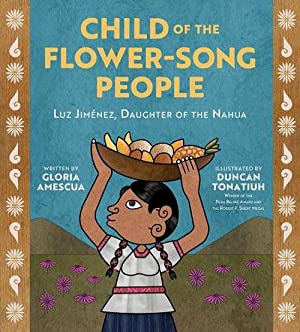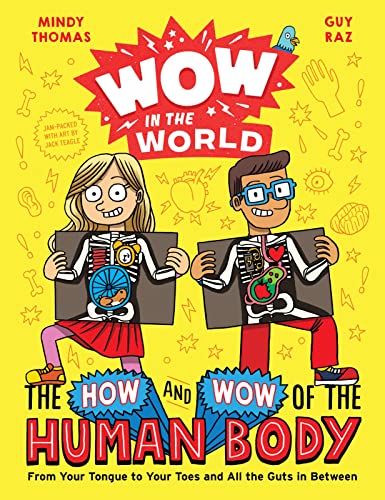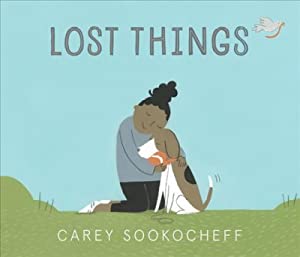Frog is an artist but he needed some inspiration for his art because his swamp was dull. He went around to his friends in the forest and adds his artistic interpretations. His friends do not appreciate him beautifying everything. He realizes he got carried away and returns to his swamp to create his own art show. He invites his friends to his art show so he can apologize.
Frog is fun and his personality comes through in the illustrations. He learns that he needs to respect other’s spaces. I do wish it had shown Frog helping his friends clean up the messes that he made.
The book was originally published in London, so there is some spelling differences in the book that kids might notice (colour/color). The text changes between black and white, but sometimes the page is dark and the text is still black which makes it a challenge to read.










